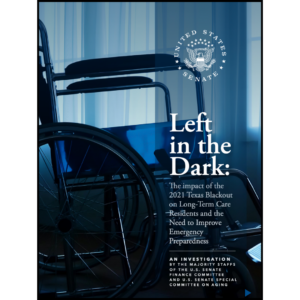Contaminated mattresses: A new source of concern in infection control?
Damaged or worn mattress covers on a bed can present a serious health risk to residents. Torn zippers, worn fabric or cracked vinyl covers can allow blood or other body fluids to seep into the mattresses, increasing the potential for infections.
Between January 2011 and January 2013, the U.S. Food & Drug Administration (FDA) received 458 reports noting that mattress covers did not prevent fluid ingress into the mattress. Recently, the FDA issued a Safety Alert to warn long-term care providers including housekeeping, nurses, risk managers and others concerned with safety and liability, to inspect their mattresses covers used on medical beds.
Even waterproof, water-repellant, antibacterial and other treated covers on standard or pressure-relief mattresses can pose a risk over time as their properties can erode, leaving the mattress open to potential pathogens.
Some recommendations to avoid this infection risk factor include:
- Inspect mattress covers regularly—inside and out.
- Remove and replace damaged mattress covers.
- Clean and maintain mattress covers according to the manufacturer’s instructions.
- Develop an inspection plan.
The FDA’s complete list of recommendations is available on its advisory.
If your resident contracts an infection through by lying in a bed with a damaged mattress cover, it might leave the facility open to charges of poor quality of care, negligence or even abuse, according to one legal advisor.

Sandra Hoban was on I Advance Senior Care / Long-Term Living’s editorial staff for 17 years. She is one of the country’s longest-serving senior care journalists. Before joining Long-Term Living, she was a member of the promotions department at Advanstar Communications. In addition to her editorial experience, Sandi has served past roles in print and broadcast advertising as a traffic and talent coordinator.
Related Articles
Topics: Clinical , Facility management , Risk Management











